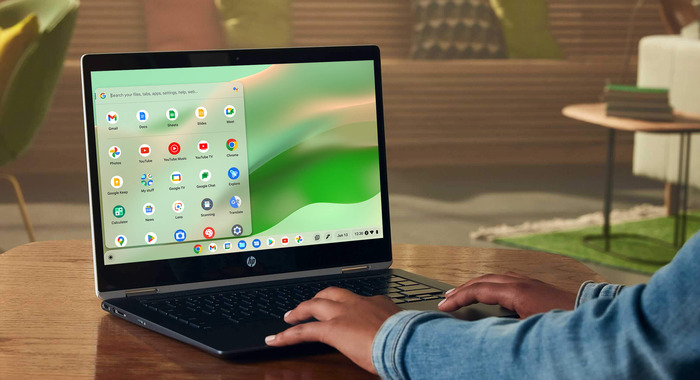In the ever-evolving landscape of technology, ChromeOS continues to make significant strides with its latest updates. The recent ChromeOS update brings Android app support improvements, creating a seamless experience for users by enhancing functionality and integration.
These updates not only benefit app performance but also cater to security, accessibility, and overall usability. For additional insights into how technology intersects with other industries, visit https://99bitcoins.com/best-bitcoin-casino/telegram-casinos/.
As part of a broad strategy to grow within competitive tech ecosystems, Google has ensured that its operating system addresses both current user needs and anticipates future demands.
Constant enhancements like upgraded Bluetooth stack technologies, such as Fluoride, and refined content search capabilities in the Launcher have made their way into the operating system, reinforcing its place as a staple in the tech community, twofold with the introduction of ChromeOS Flex.
Especially noteworthy is the integration with Android 11 changes and its utilization of virtual machines (VMs) to ensure smoother operation, opening new opportunities for app availability and performance across devices, marking a pivotal shift in user experience.
Android app support gains new momentum
With the adaptation of Android 11 on Chromebooks, Android app support gains immense momentum. Start building apps for ChromeOS offers guidance on creating applications optimized for these devices. This update is pivotal as it integrates virtual machine technology, Chrome Flags settings, facilitating seamless updates and superior performance.
Enhancing app responsiveness and functionality, it raises the bar for what users can expect when engaging with Android applications on ChromeOS devices. These advancements do not just enhance current capabilities but also promise a future of increasingly fluid cross-platform interactions within the Google ecosystem.
The initiative to bolster compatibility aligns with trends witnessed across major platforms seeking integration as a cornerstone for user expansion and retention, enhancing the overarching narrative of accessible, user-friendly technology.
Accessibility features resonate with users
Accessibility remains at the forefront of the ChromeOS development landscape, an area that continues to gather traction and attention as technology becomes an inherent part of daily life.
Recent updates have introduced innovative features like Face Control, allowing users to interact through facial expressions, alongside Bounce Keys and Slow Keys that mitigate repetitive strain and control speed for individuals with dexterity challenges.
Additionally, some of the best hidden ChromeOS features can significantly enhance user interaction and productivity on a Chromebook, as shared in recent user reviews.
These enhancements point to a broader commitment to inclusivity, demonstrating how user-centric design can transform technology into a more equitable space. Such initiatives help position ChromeOS as a leader in creating accessible digital environments, allowing for more diverse user interactions.
Security & usability – Core pillars of ChromeOS
Security and usability are core pillars within the latest ChromeOS updates. Features like theft detection, quick locking, and heightened access controls contribute to a fortified user environment. Concurrently, usability has been enhanced through features like Fast Pair, simplifying how users connect devices.
These innovations reflect the accelerated pace at which security features are being implemented, acknowledging user expectations for secure and easy-to-navigate systems.
The consistent rollout of these updates underscores a robust focus on protecting user data and fortifying device integrity, ensuring both personal and professional interests are served within the ChromeOS domain.
Integration and compatibility – Building a cohesive ecosystem
Significant strides have been made in integration and compatibility, key areas where ChromeOS envisions sustained growth. Recent updates not only reinforce compatibility with existing file systems but also support a broader ecosystem integration, including Android and Linux applications.
From supporting a diverse range of applications to ensuring smooth functionality across platforms, these efforts strive to position ChromeOS as not just an operating system but an all-encompassing solution.
This cohesive integration promises to extend utility while maintaining backward compatibility, reinforcing ChromeOS’s role as a mainstay in cross-platform adaptability.


